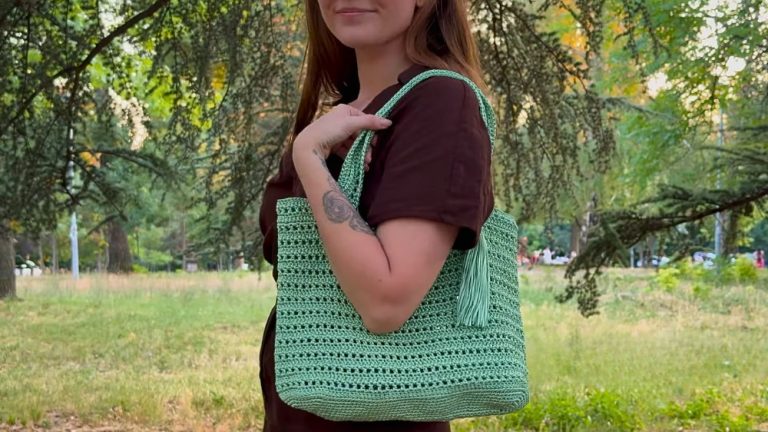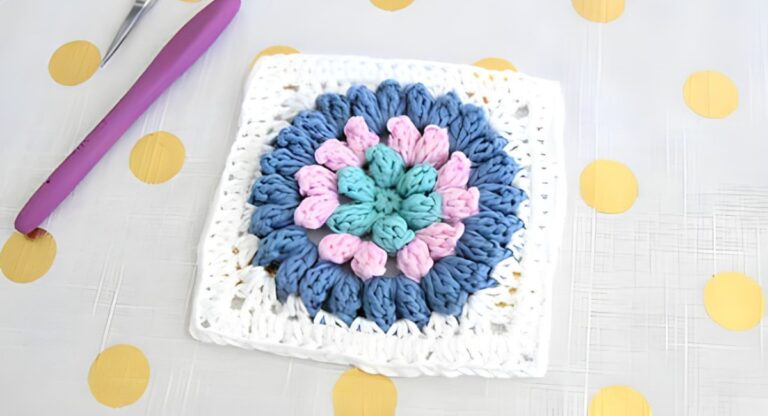How to Hide Crochet Threads for Beginners

In this post, you’ll learn two methods for hiding yarn ends in a crocheted cat-patterned scarf: using a crochet hook and using a sewing needle. Both techniques involve securing the yarn with a knot and then weaving it through stitches of the same color on the wrong side of the fabric to ensure a clean finish that doesn’t show on the front.
The video also shows how to handle yarn ends when finishing a section of the pattern. So, follow through with us for the complete tutorial.
Hide Crochet Threads Tutorial
This video provides a practical tutorial on how to effectively hide yarn ends in a crocheted cat-patterned scarf, ensuring a neat and professional finish on the reverse side of the work. The presenter demonstrates two primary methods, offering flexibility based on the crafter’s preference and available tools.
Methods for Hiding Yarn Ends
The tutorial focuses on two distinct yet equally effective techniques for seamlessly integrating loose yarn ends into the crocheted fabric.
-
Using a Crochet Hook
The presenter advises selecting a crochet hook that is thinner than the yarn being worked with. This ensures that the hook can easily pass through the stitches without distorting the fabric. The process begins by securing the yarn end with a knot, typically on the wrong side of the work, to prevent it from unraveling. Following this, the yarn is carefully woven through stitches of the same color. This is a crucial step, as weaving into matching colors helps to camouflage the yarn end, making it virtually invisible from the front of the scarf. The weaving is done on the wrong side of the fabric to maintain the clean appearance of the right side. For added security, an additional knot can be tied before the excess yarn is trimmed close to the work. This double knotting method provides extra assurance that the yarn end will remain hidden and secure over time, even with regular use of the scarf.
-
Using a Sewing Needle
This method offers an alternative to the crochet hook and might be preferred by some crafters due to its familiarity or ease of use. The process is quite similar to using a crochet hook. First, the yarn end is threaded through a sewing needle, preferably one with a large eye to accommodate the yarn thickness. A knot is then tied on the wrong side of the fabric, just as with the crochet hook method, to anchor the yarn. The yarn is then meticulously woven through the stitches of the same color, ensuring that the needle passes through the fabric in a way that the yarn does not show through on the front of the work. This requires careful attention to the tension and placement of the needle. Once the yarn has been sufficiently woven in to secure it, it is trimmed close to the work, leaving no visible ends.
Handling Yarn Ends When Finishing Sections
Beyond simply hiding loose ends, the presenter also illustrates how to manage yarn ends when completing a specific section of the pattern within the scarf. This involves a similar approach of knotting the yarn and then weaving it into the existing stitches. This technique is particularly useful when changing colors or finishing a particular design element within the larger pattern, ensuring that all transitions are smooth and inconspicuous.
Applicability of Techniques
The presenter emphasizes that the techniques demonstrated in the video are versatile and can be applied to any type of yarn used for the scarf. This means that regardless of the fiber content or weight of the yarn, these methods for hiding ends will be effective in achieving a polished and professional finish.










